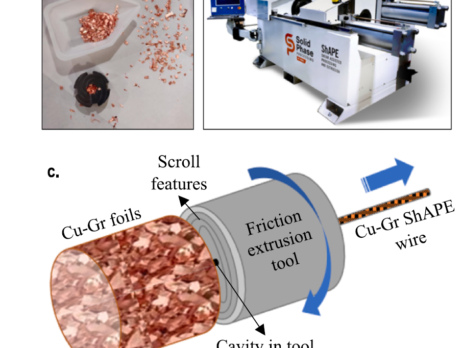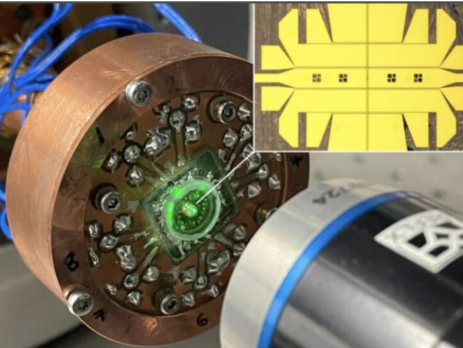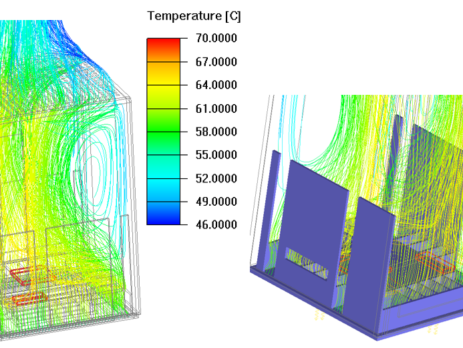Developing a Thermal Performance Matrix:
Developing a thermal performance matrix and measurement method for mass production involves establishing a systematic approach to assess and quantify the thermal characteristics of a product or system consistently. Here is an outline of the process:
- Define Performance Metrics: Begin by clearly defining the thermal performance metrics that are relevant to the product or system under consideration. These metrics could include temperature rise, thermal conductivity, heat dissipation efficiency, or any other relevant factors.
- Identify Testing Requirements: Determine the specific tests and measurements required to evaluate the thermal performance. This may involve using specialized equipment, such as thermal chambers, infrared cameras, or thermocouples. Consider the testing conditions, duration, and any specific environmental factors that may impact thermal performance.
- Design Test Setup: Develop a standardized test setup that ensures consistent and repeatable measurements. This may involve creating test fixtures, incorporating appropriate sensors, and establishing calibration procedures for the measurement equipment. Consider factors such as material properties, interfaces, airflow, and any other variables that may affect the thermal behavior.
- Conduct Verification Testing: Perform initial verification testing to validate the effectiveness of the test setup and measurement techniques. This step helps identify any potential issues or variations that need to be addressed before moving forward with mass production.
- Establish Acceptance Criteria: Define the acceptable range or target values for each thermal performance metric based on design specifications, industry standards, or customer requirements. This helps determine whether the product meets the desired thermal performance standards.
- Conduct Mass Production Testing: Implement the established thermal performance measurement method during mass production. This typically involves performing the tests on a representative sample of the products or systems being manufactured. Ensure proper data collection and documentation to track and analyze the results.
- Analyze and Evaluate Results: Analyze the collected data and evaluate the thermal performance against the defined metrics and acceptance criteria. Statistical analysis tools, such as JMP or Minitab, can be utilized to interpret the results and identify any trends, outliers, or potential issues.
- Continuous Improvement: Continuously monitor and analyze the thermal performance data from mass production to identify opportunities for improvement. This may involve identifying areas of non-compliance, implementing corrective actions, and optimizing the manufacturing process to enhance thermal performance.
By following these steps, an organization can develop a systematic and reliable method for assessing and monitoring the thermal performance of products or systems during mass production. This helps ensure consistent quality, adherence to specifications, and customer satisfaction.
Latest Post
ShAPE-ing the Future: A New Technique for High-Performance Copper Composites
admin2024-01-15T11:11:21+00:00...
A High-Temperature Twist: Scientists Build the Foundation for Superconducting Switches of the Future
admin2023-12-20T09:15:01+00:00...
Room-Temperature Superconductivity: A Dream Inch Closer to Reality
admin2023-12-04T11:18:23+00:00...
EV Thermal Management: Unveiling the Companies Shaping the Future of EV Cooling
admin2023-11-28T16:25:09+00:00...
Contact us
- Address: 7091 Kindra Hill Dr., San Jose, CA 95120
- Phone: +1 (408) 641-1398
- Email:sales@expertthermal.com





